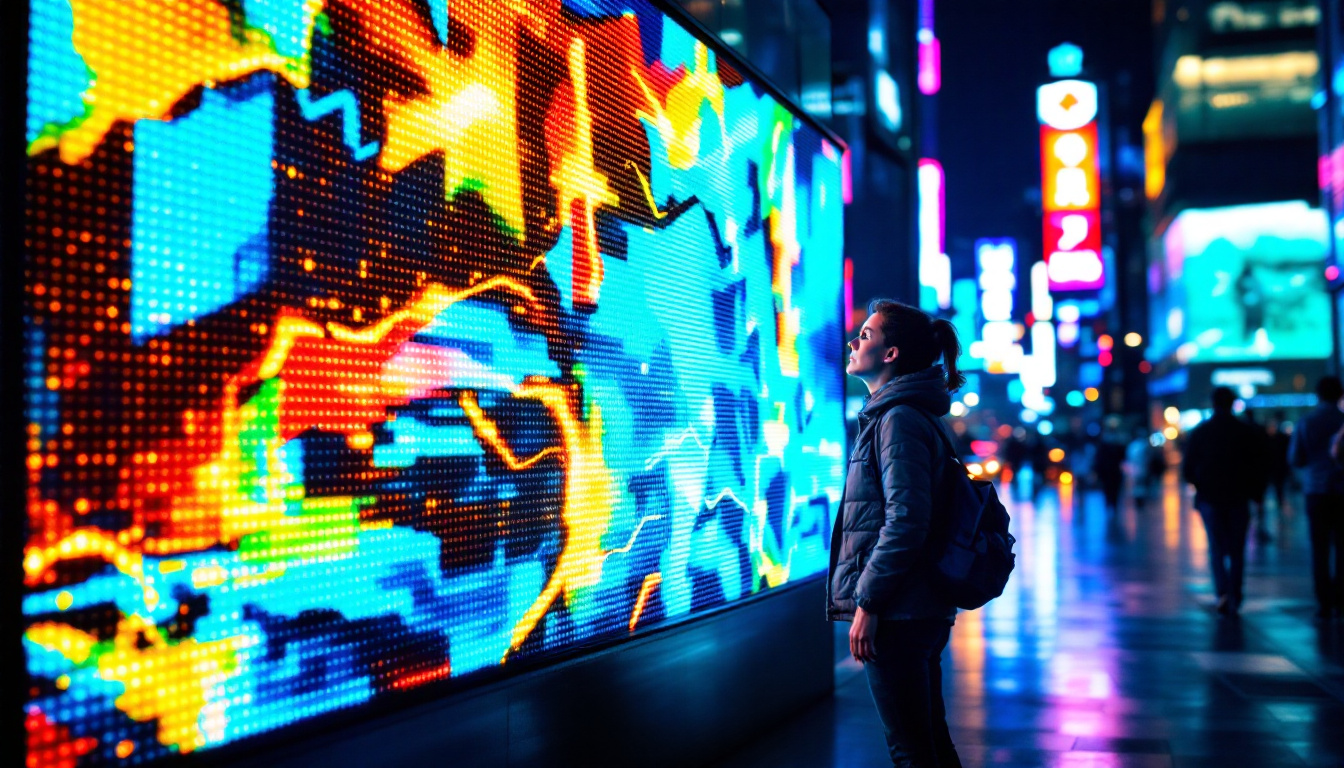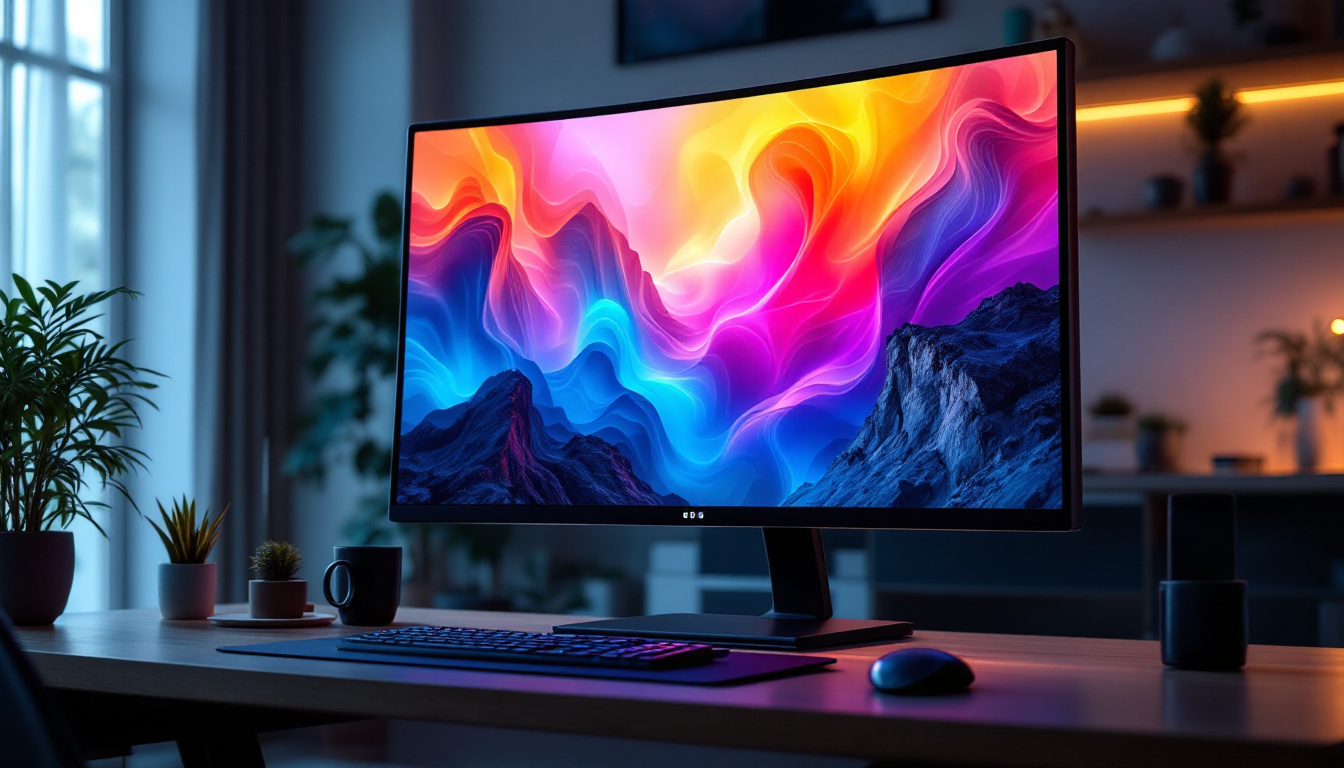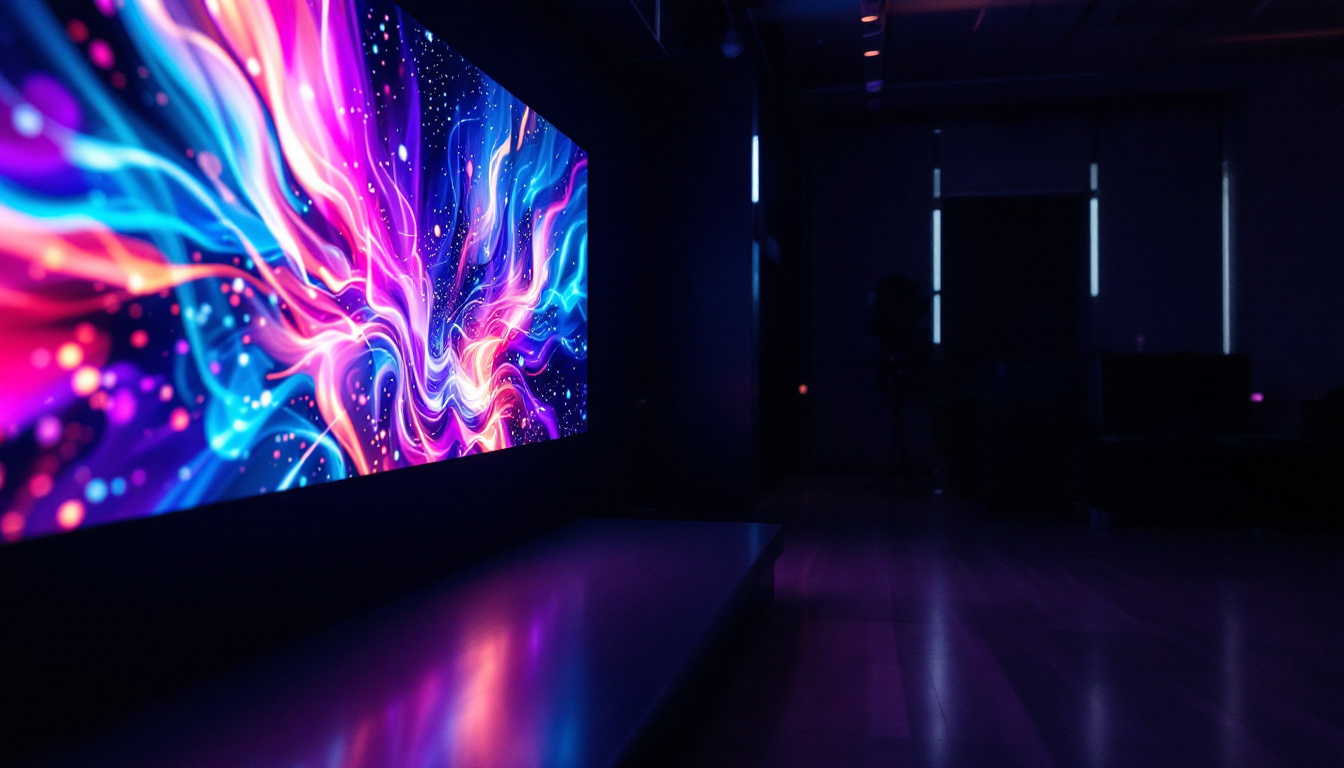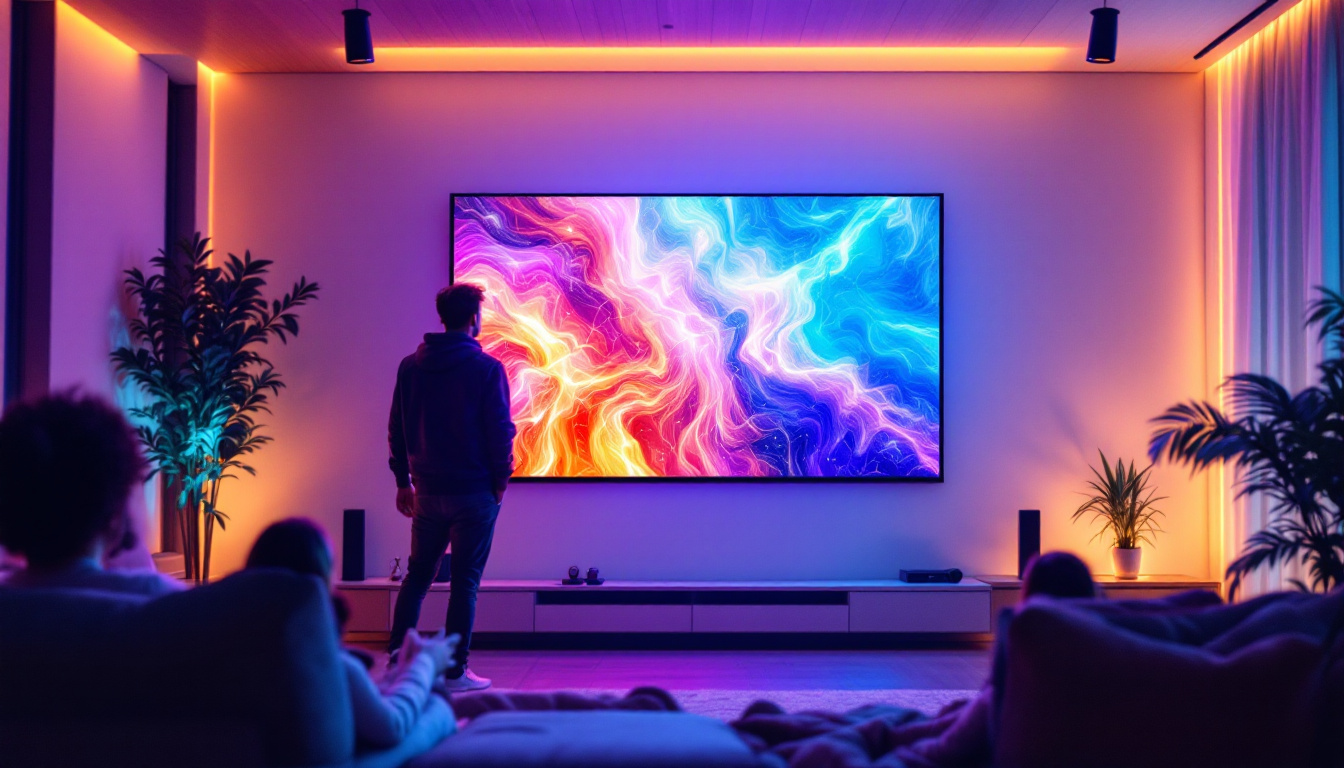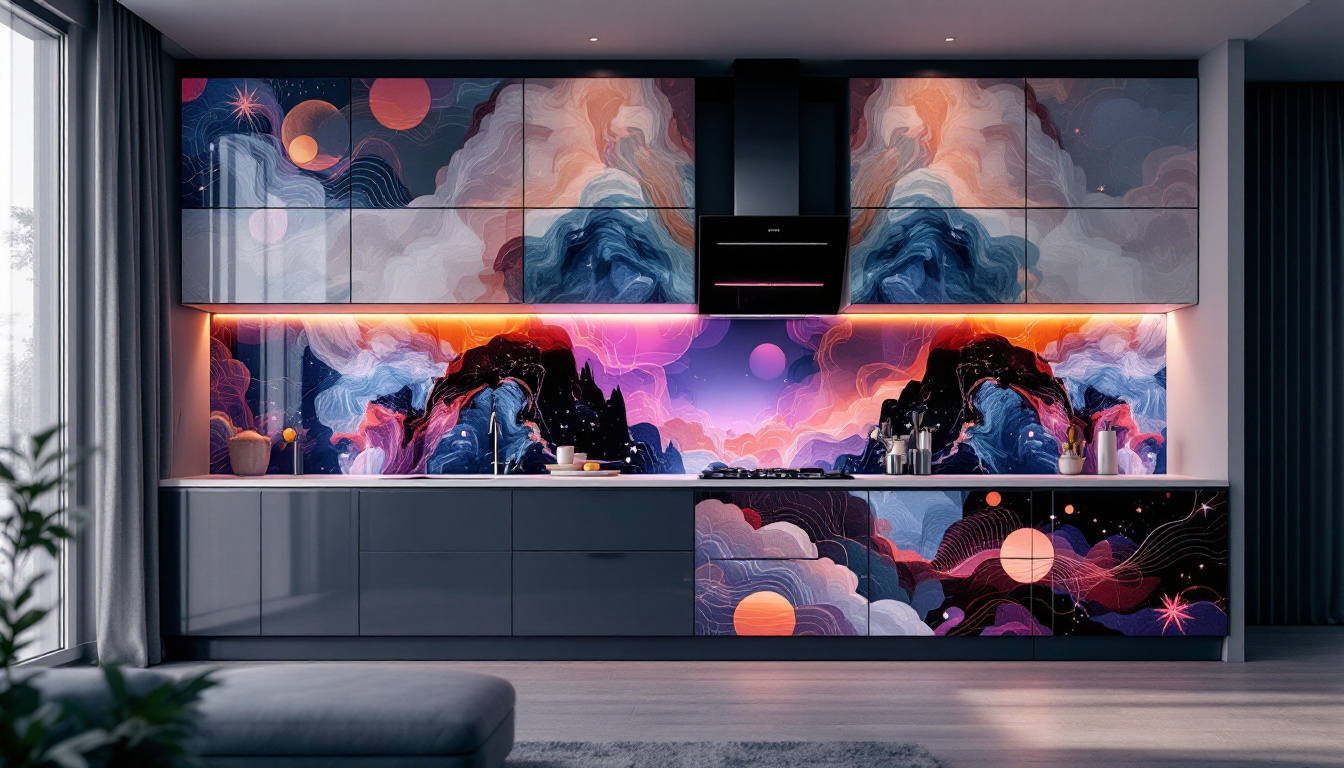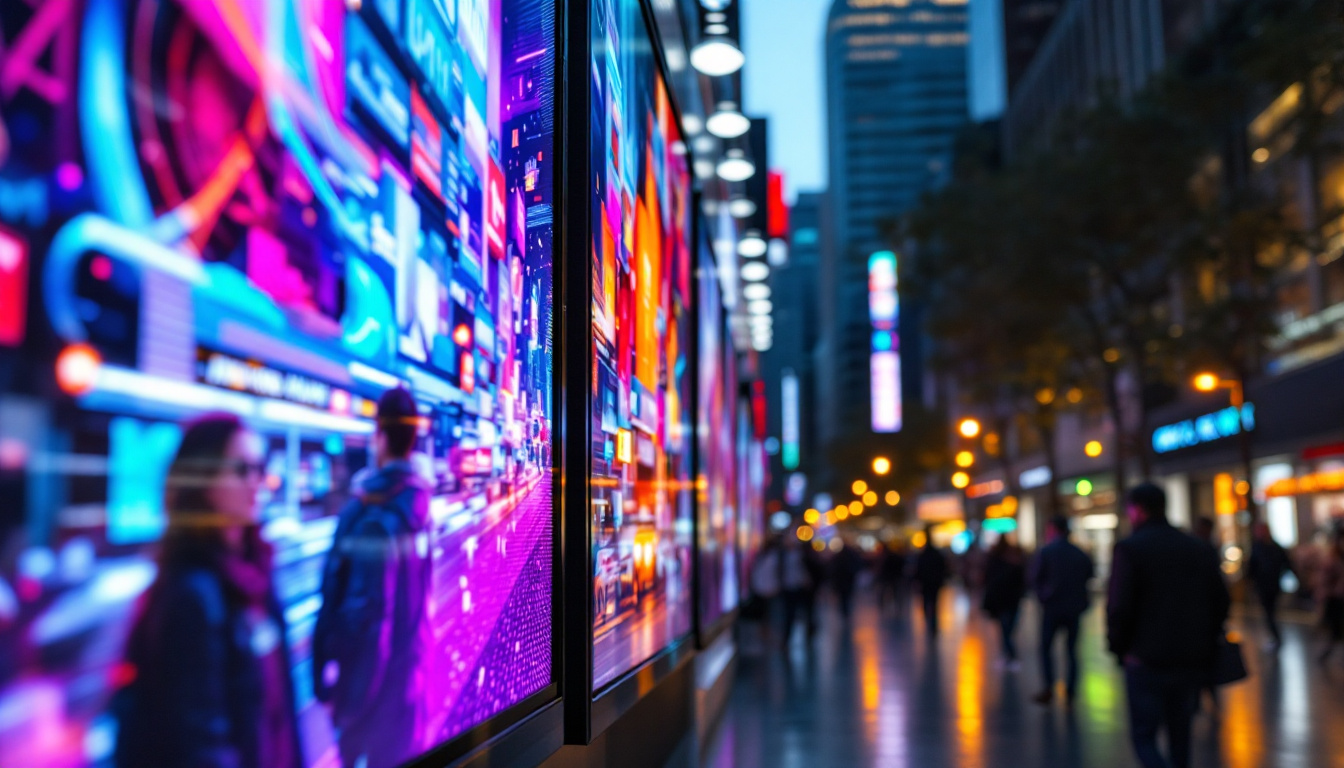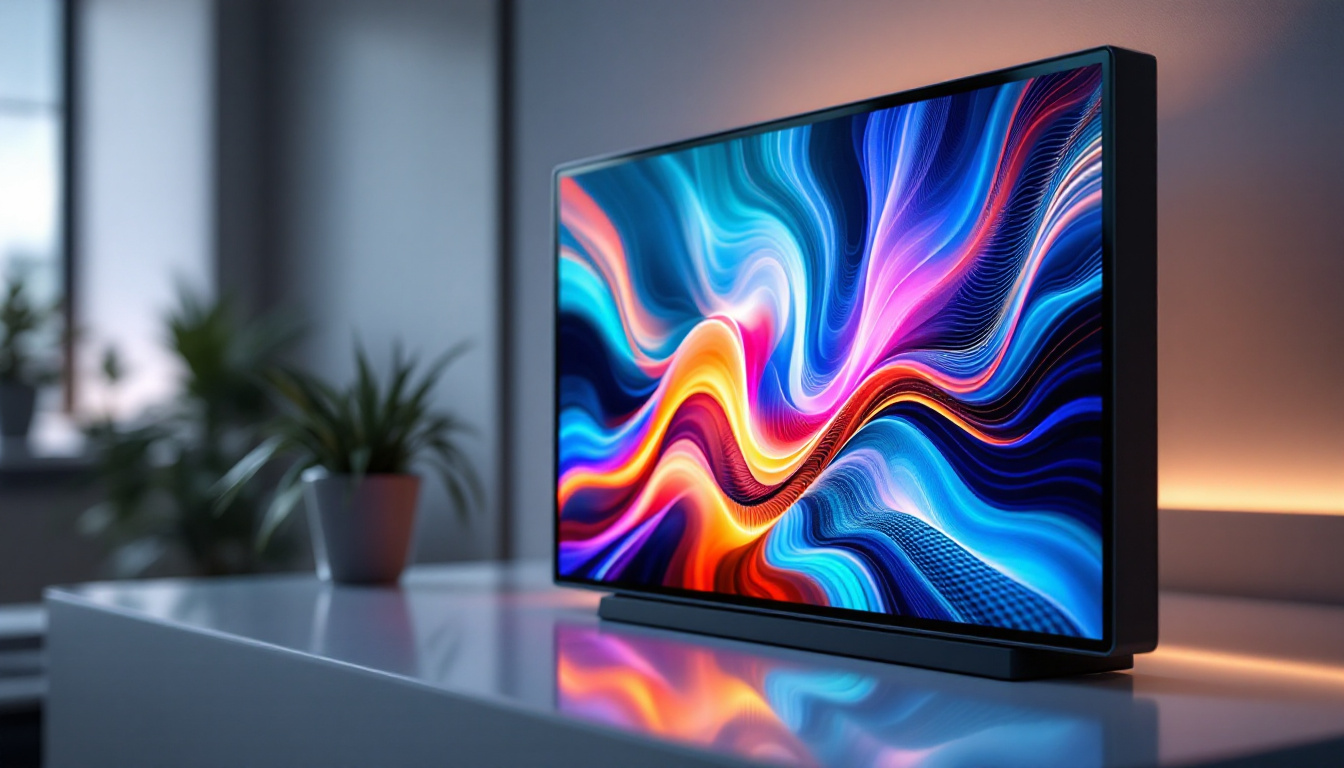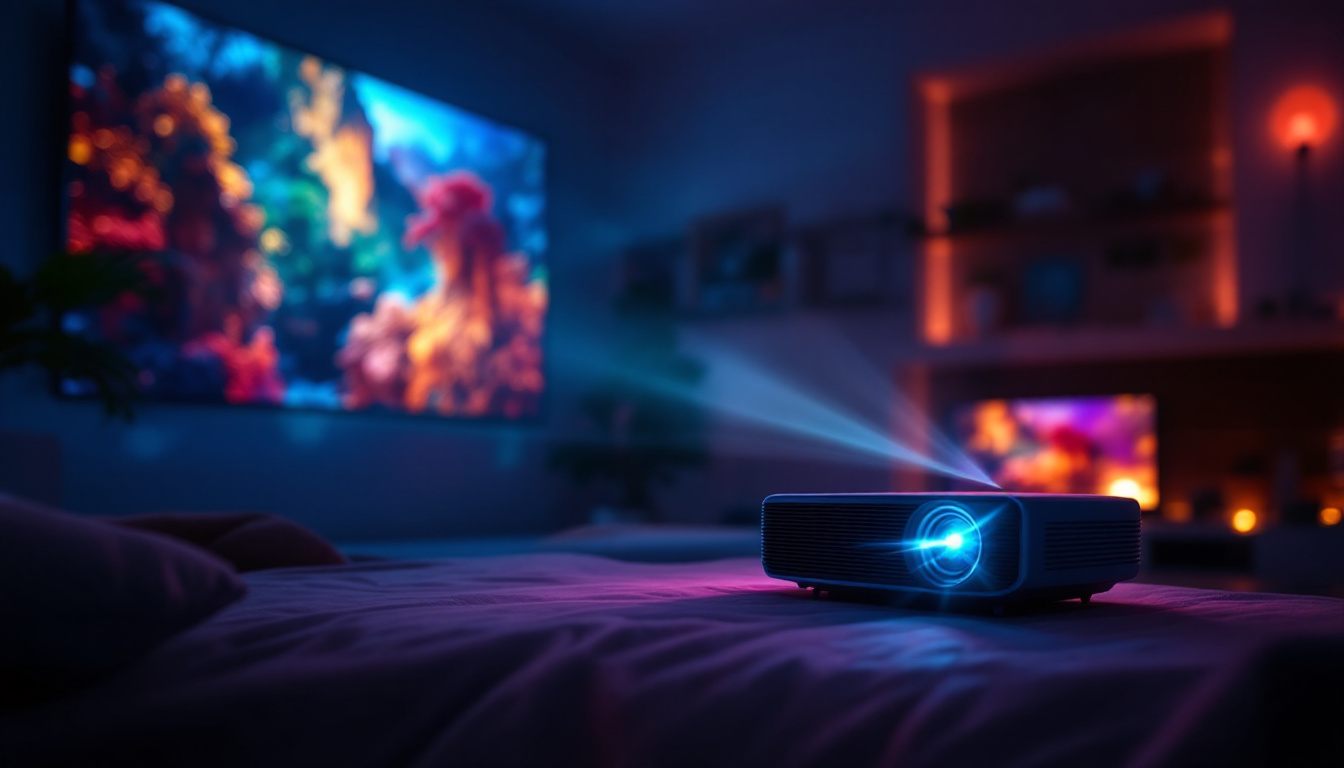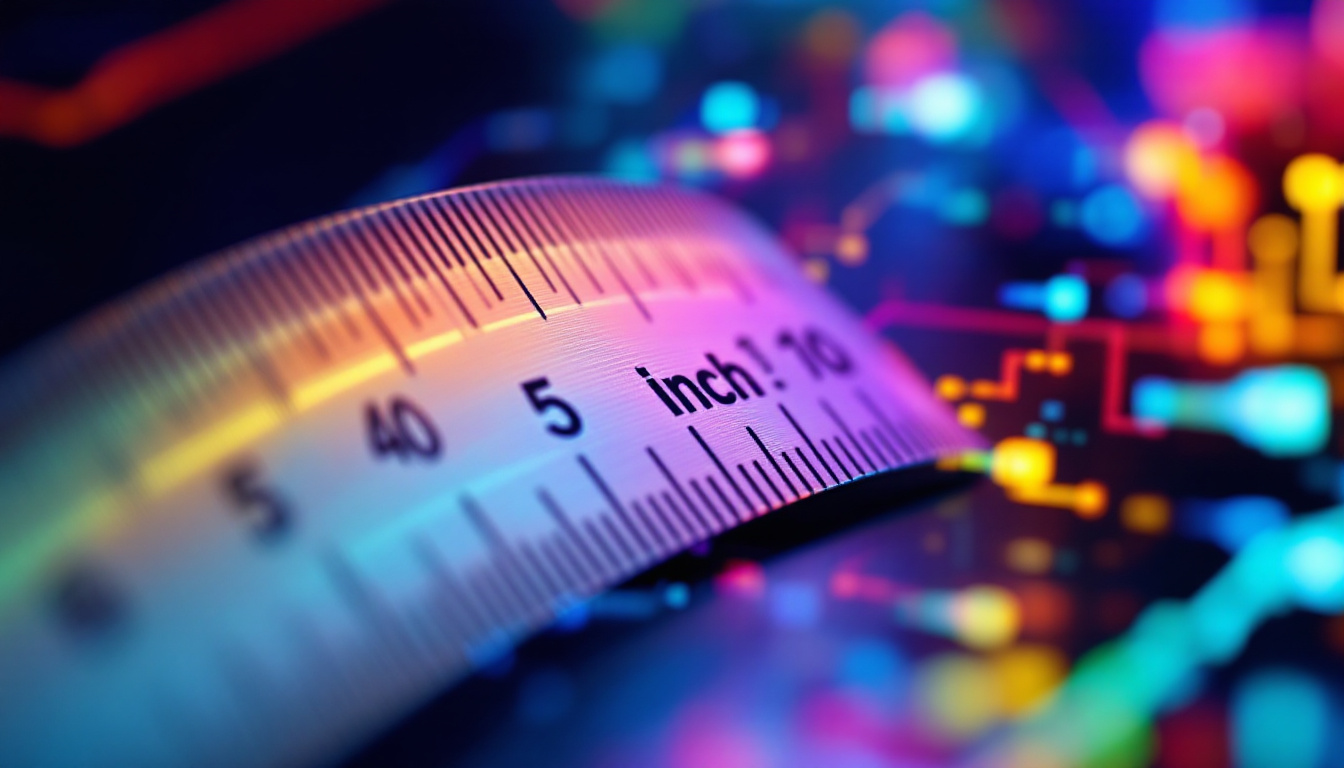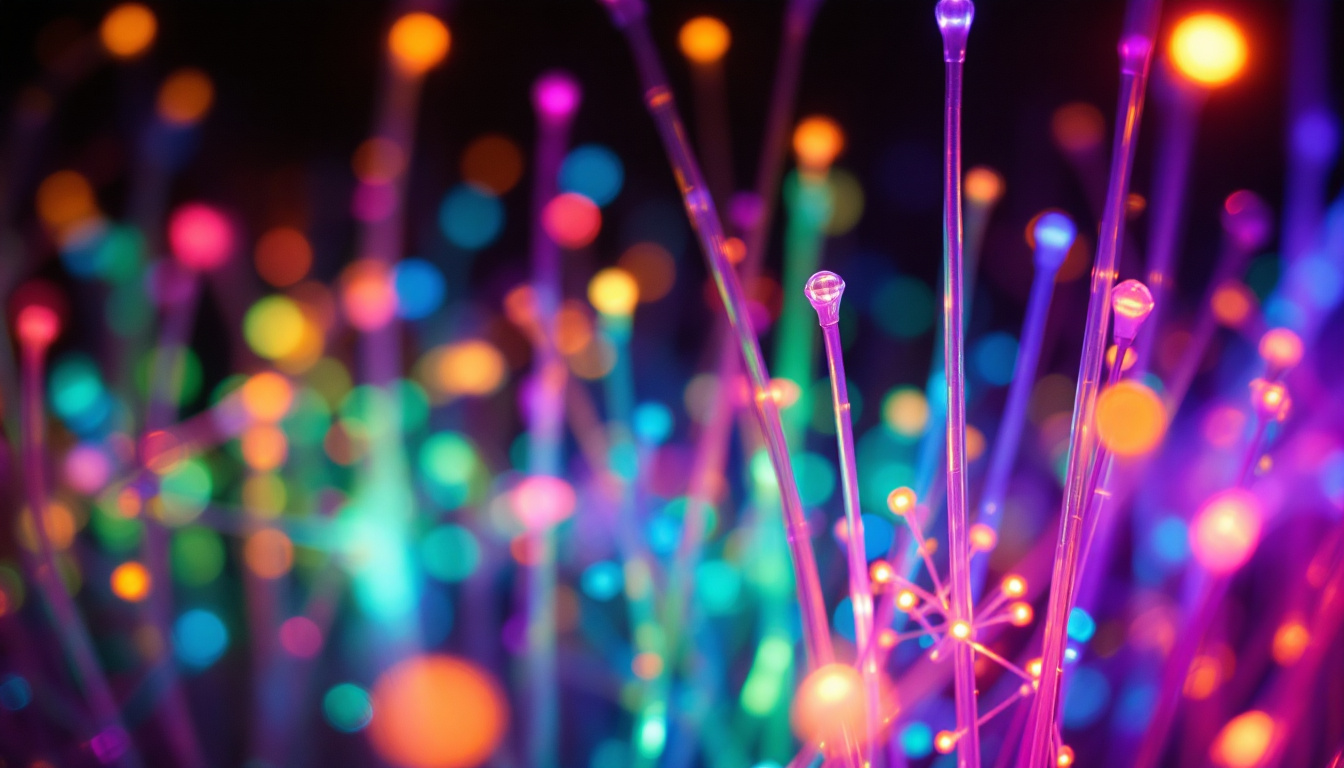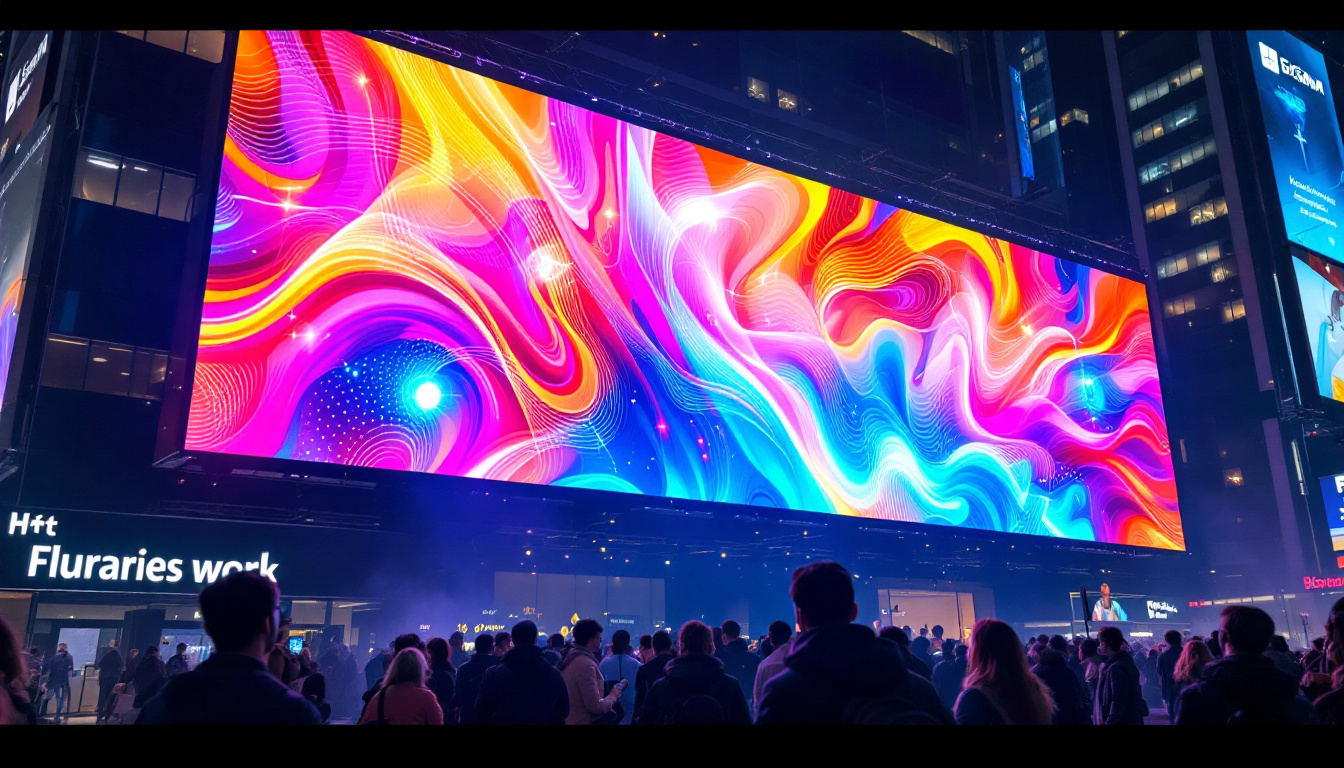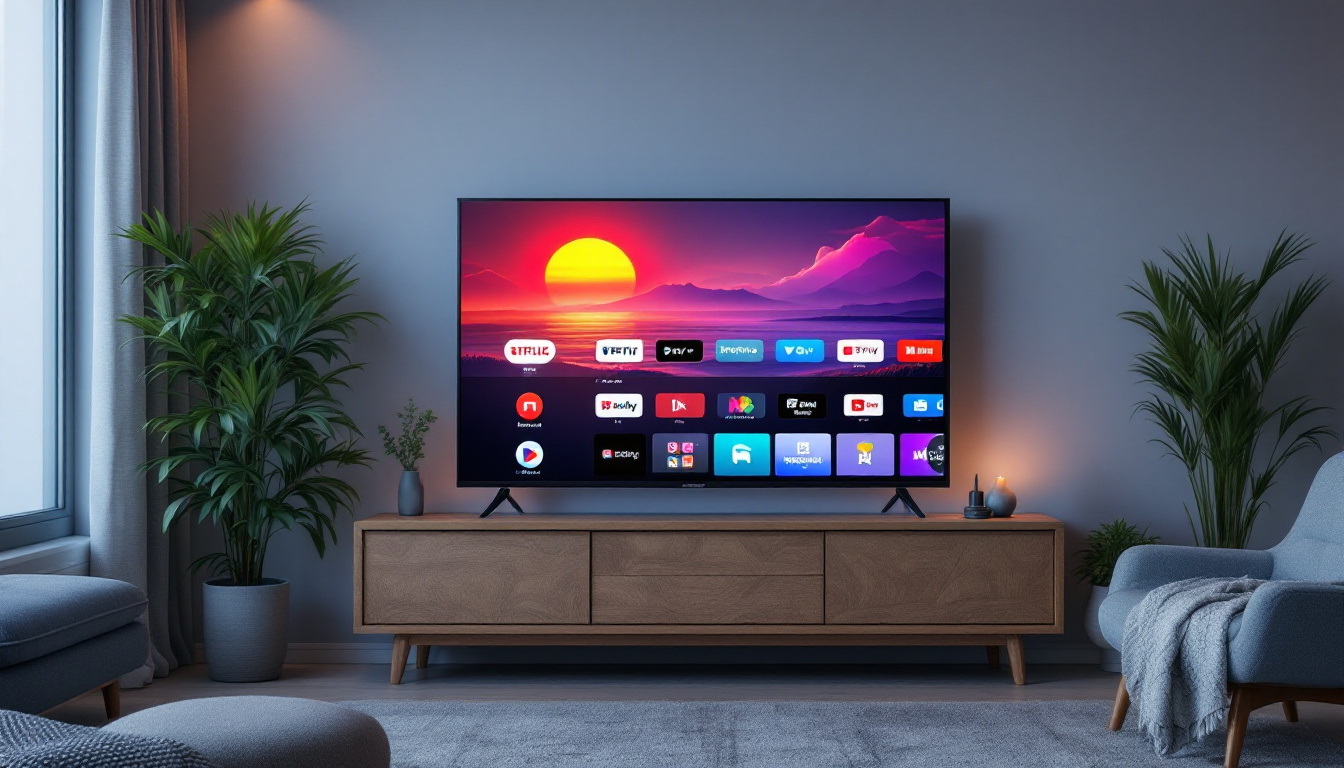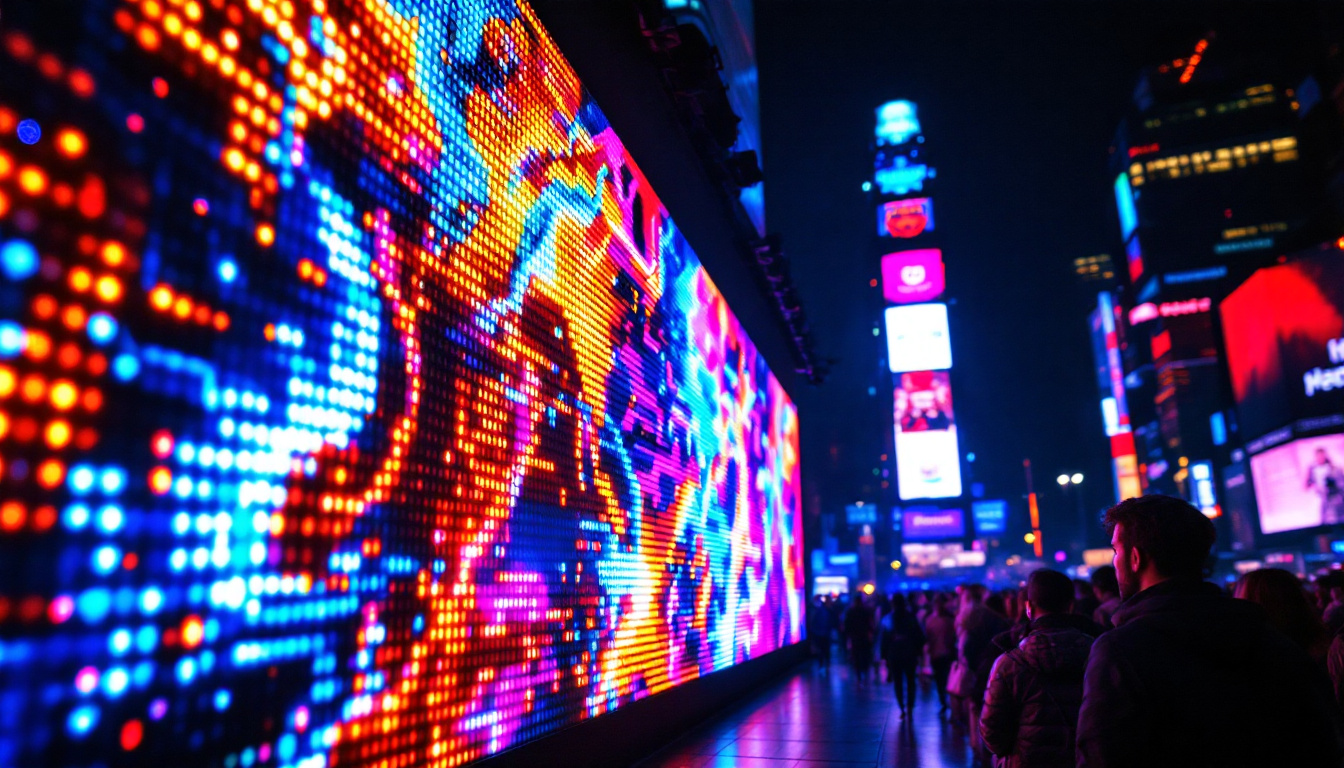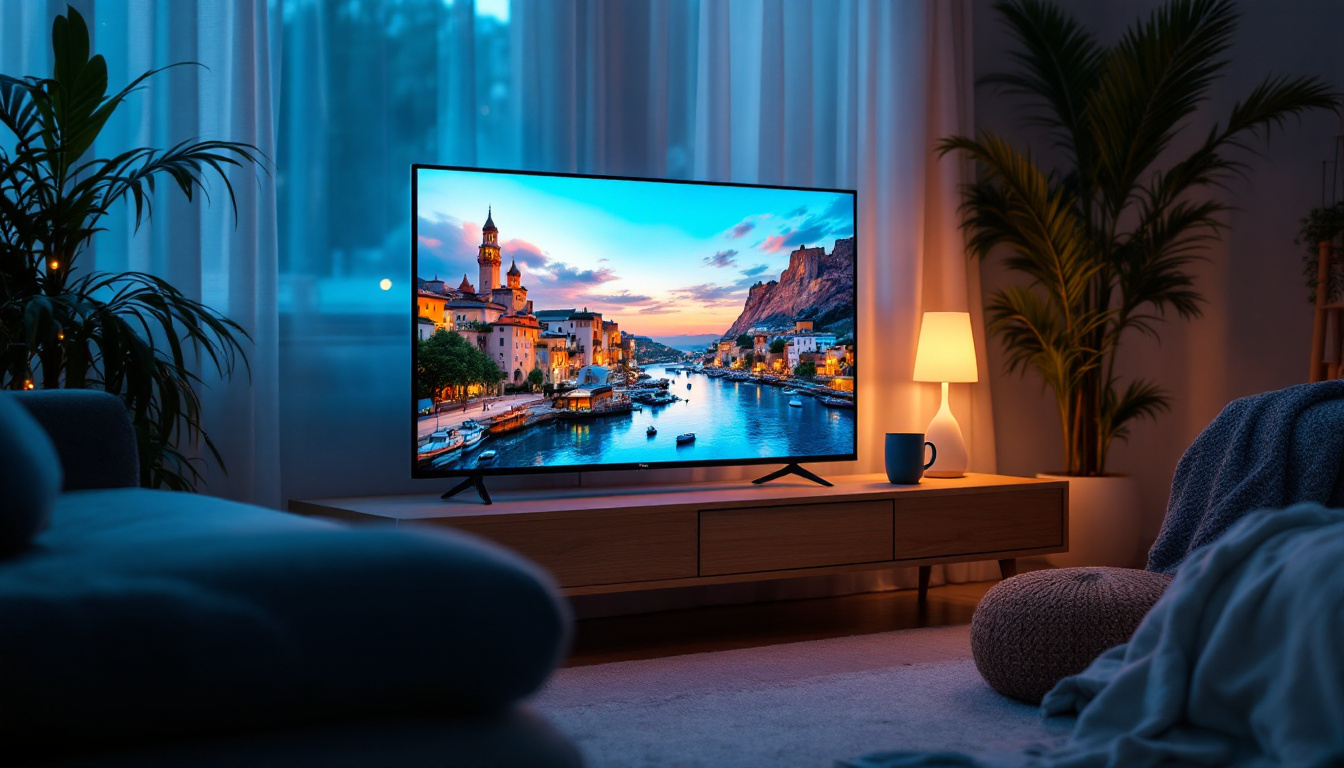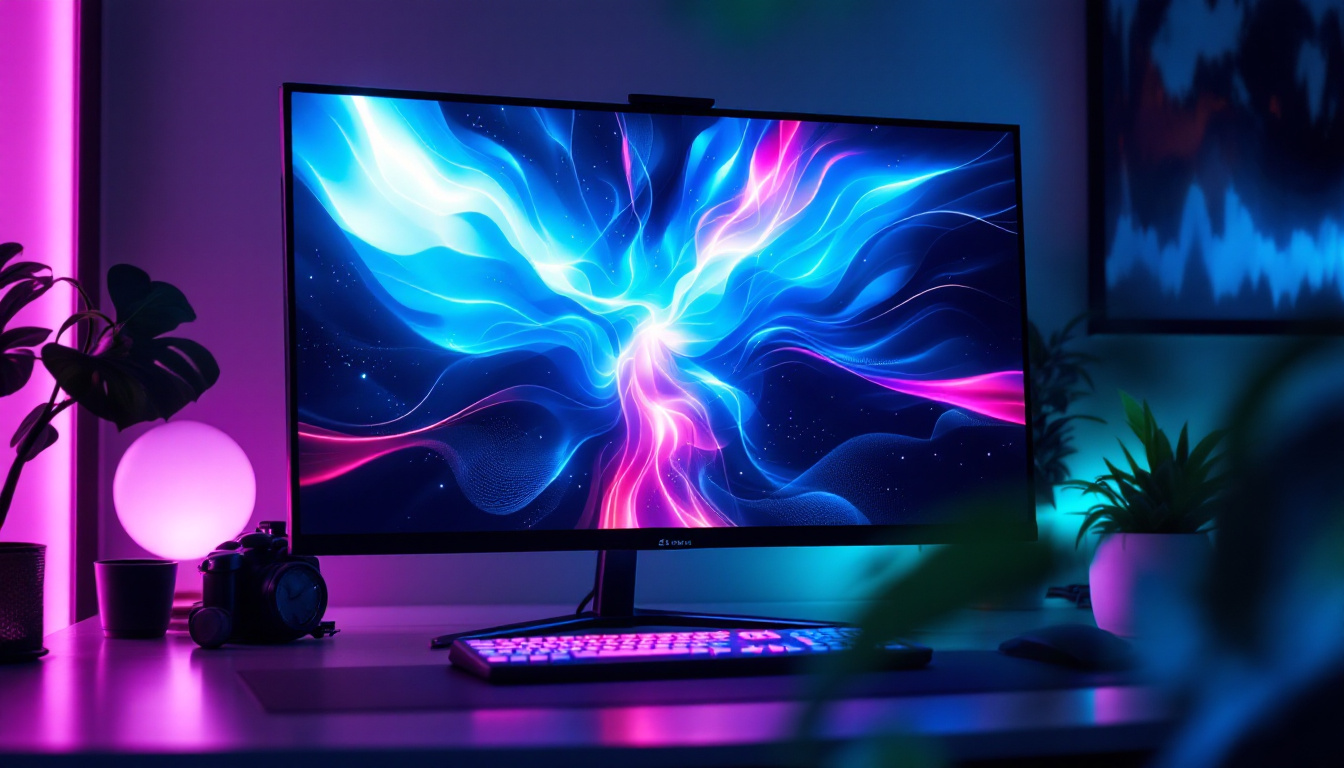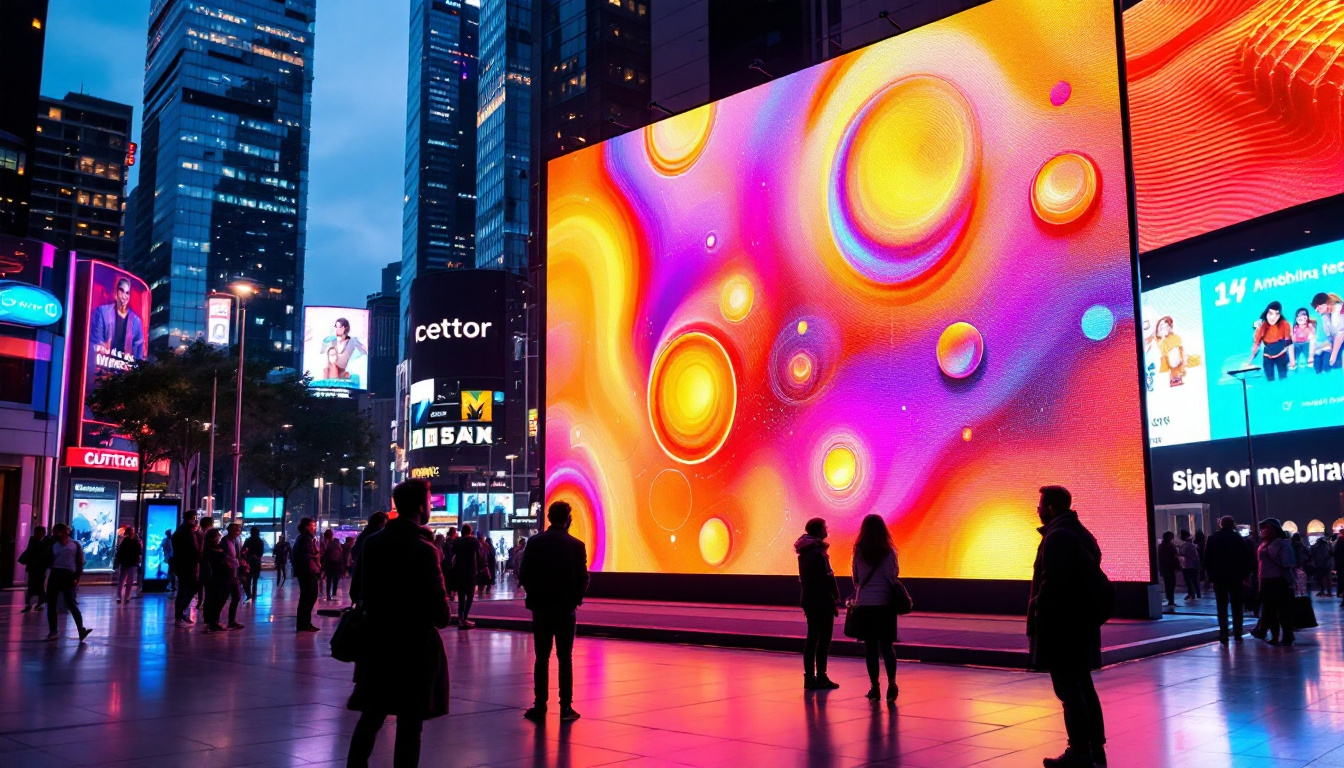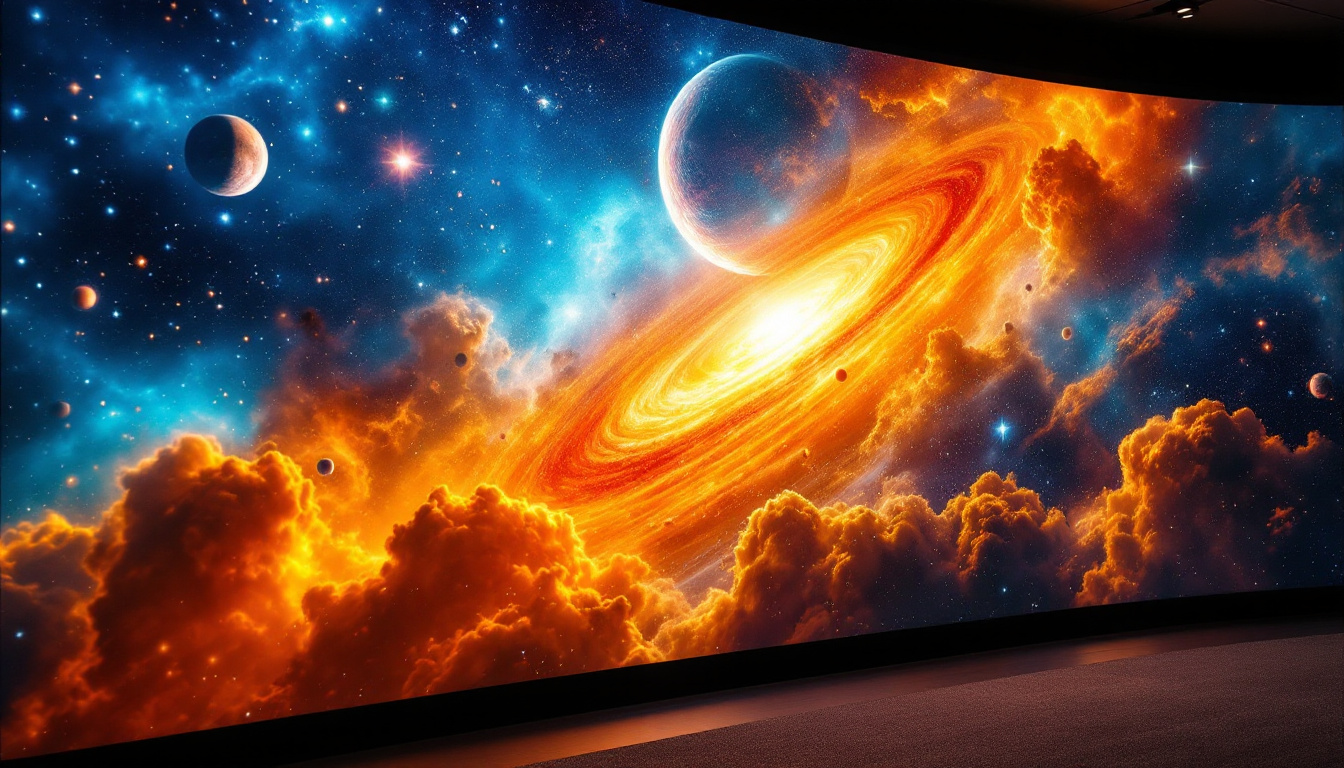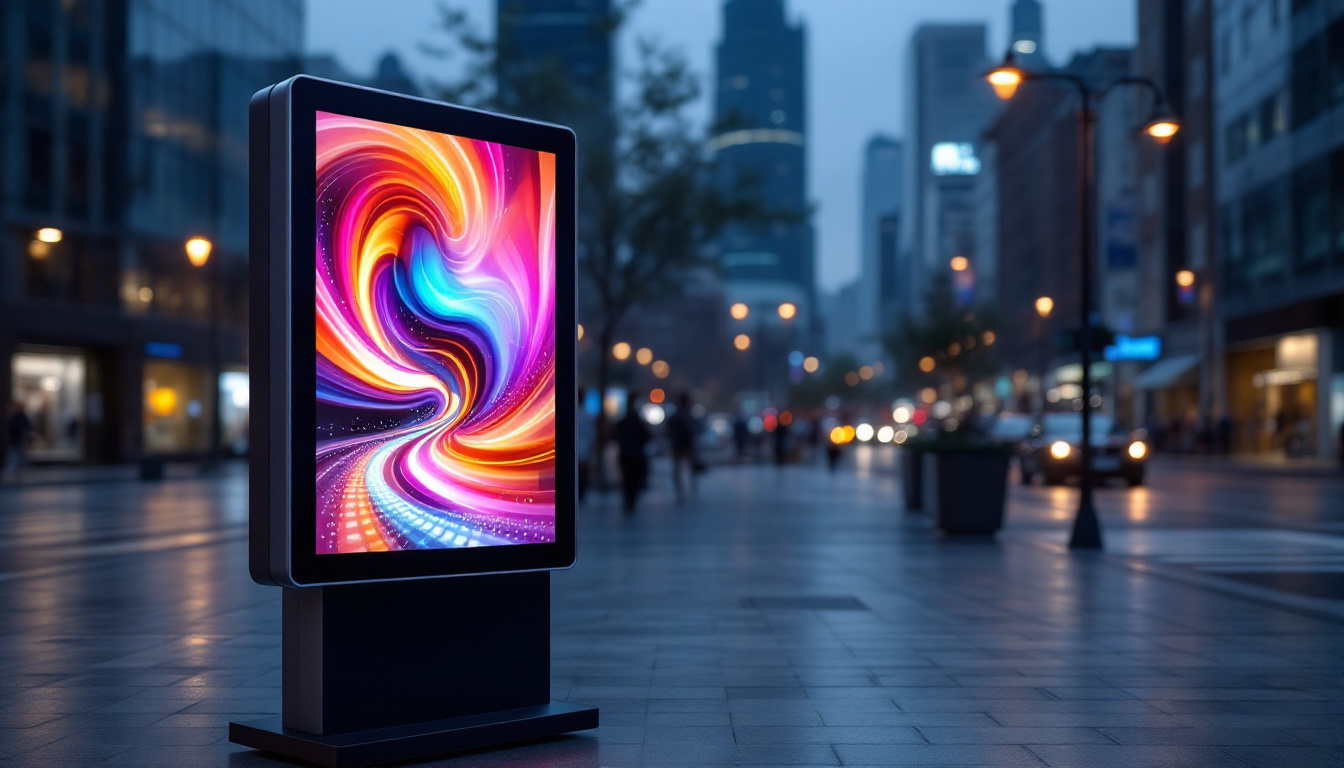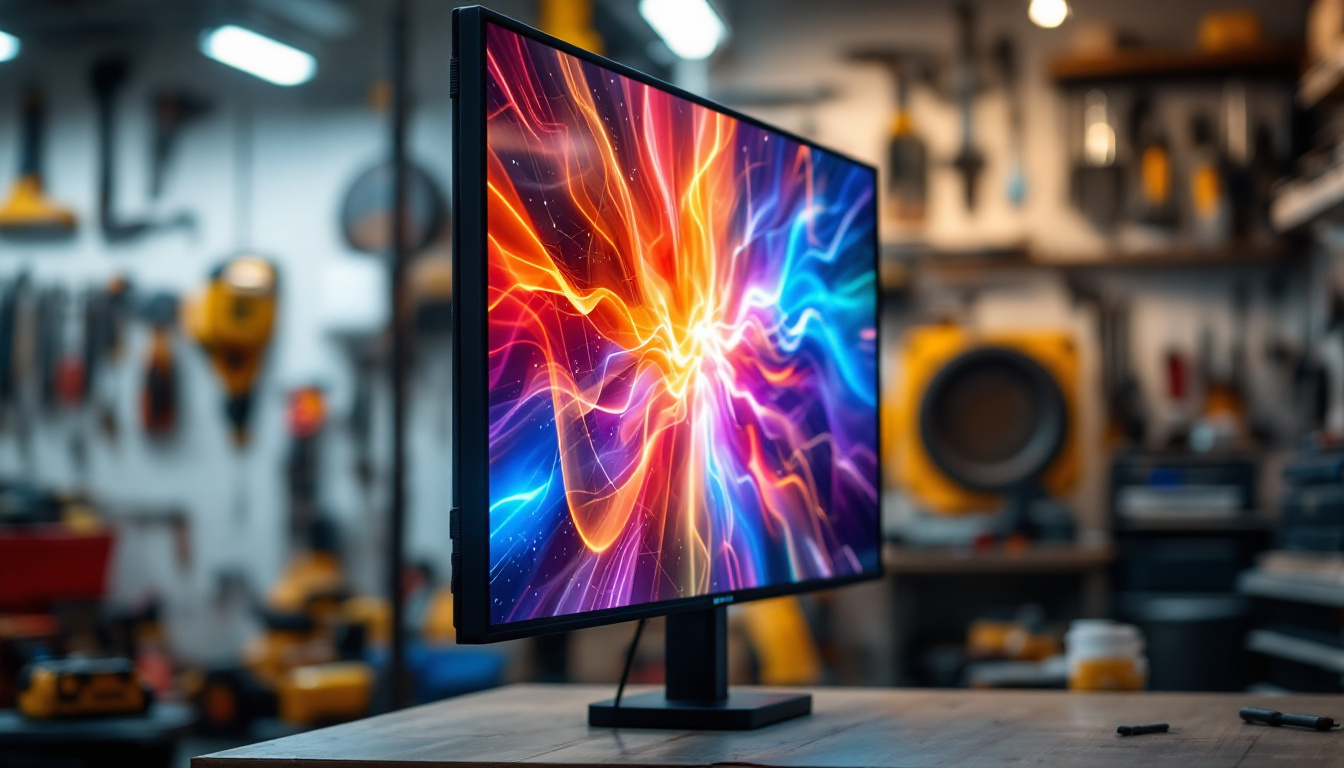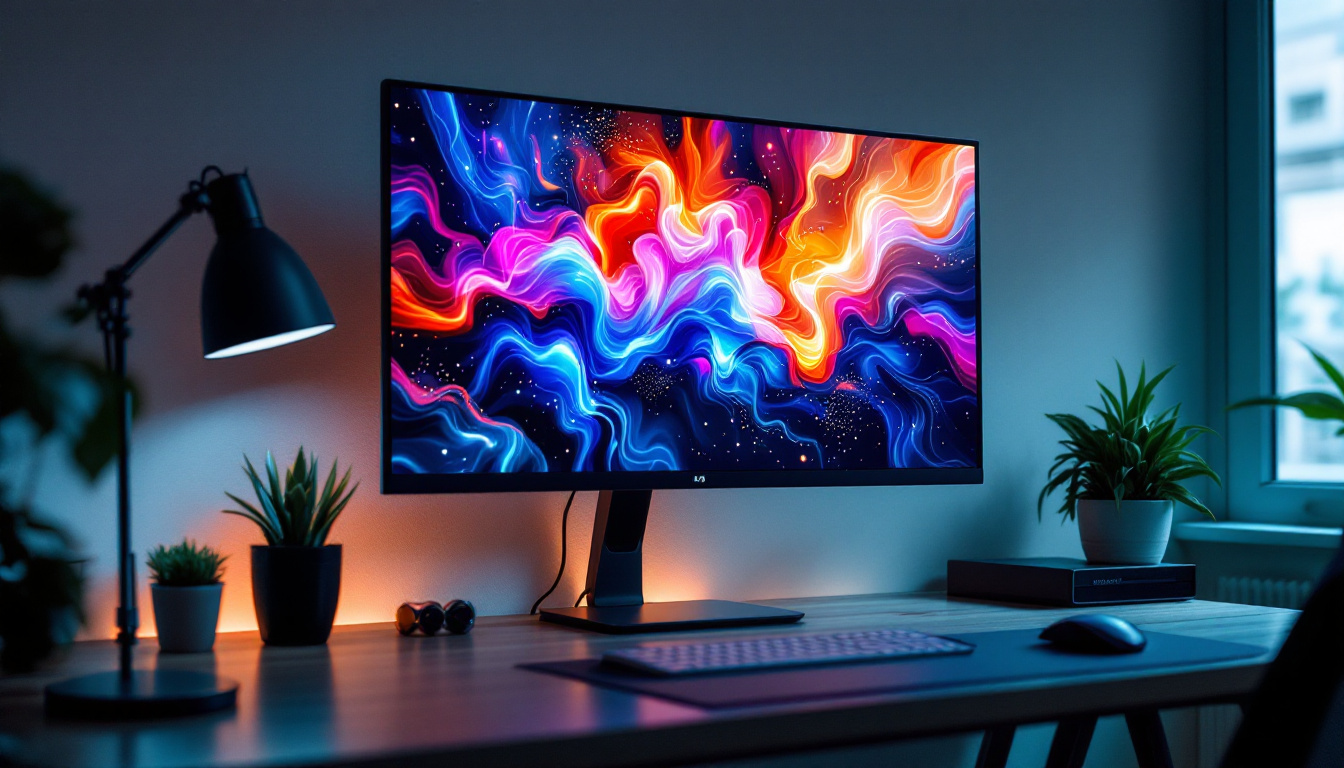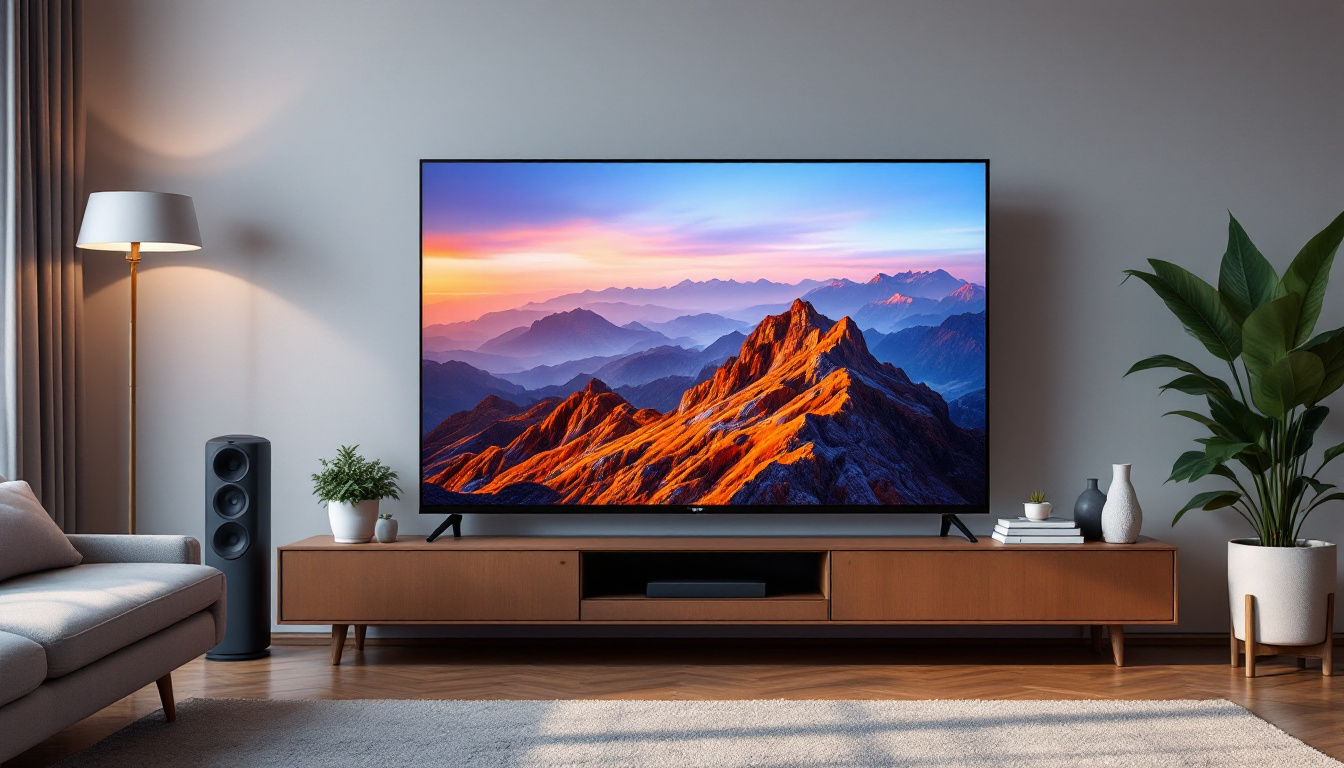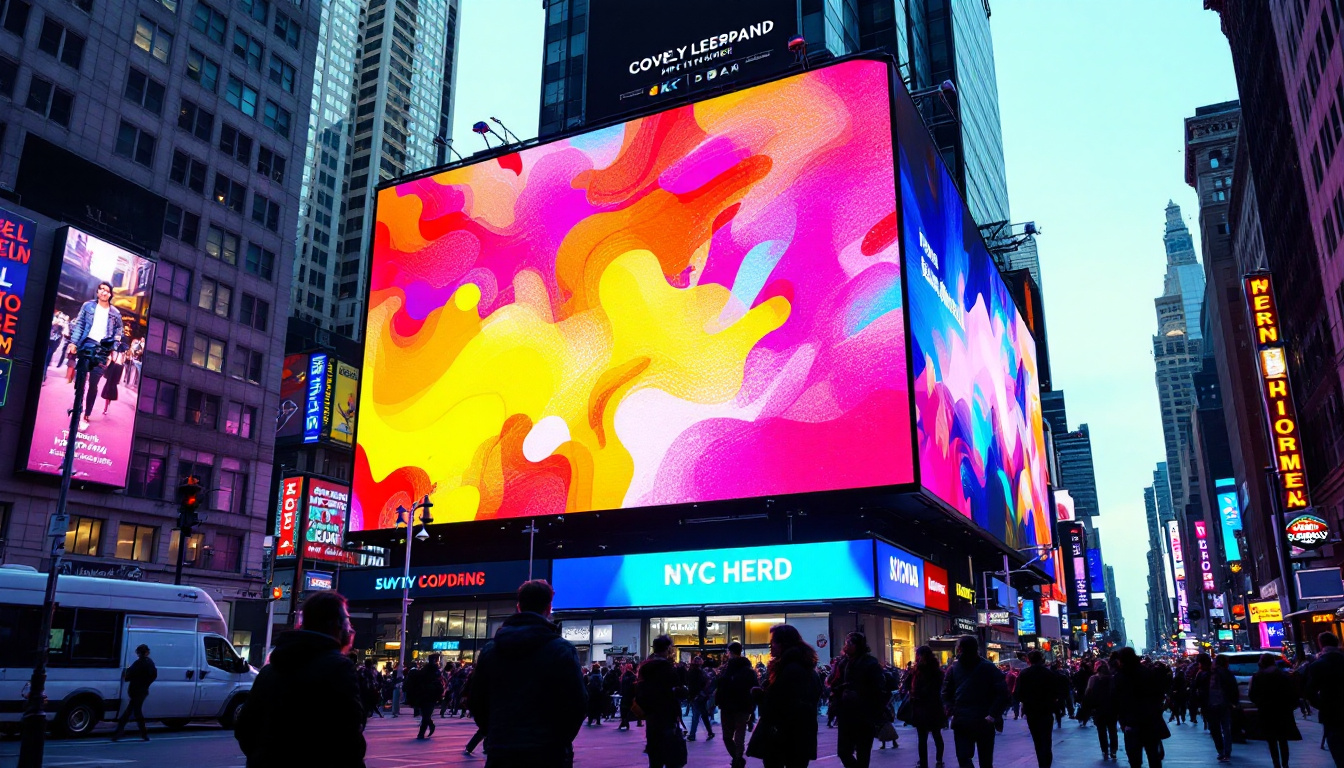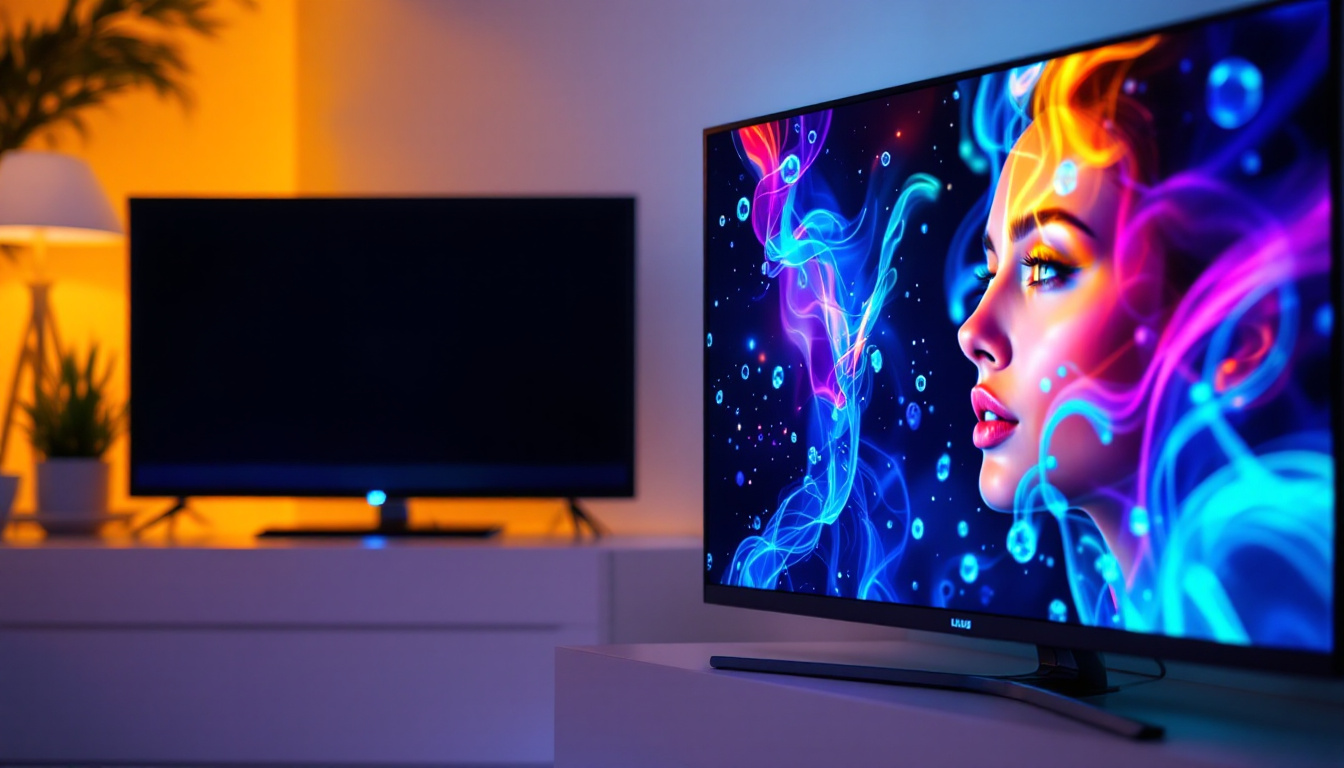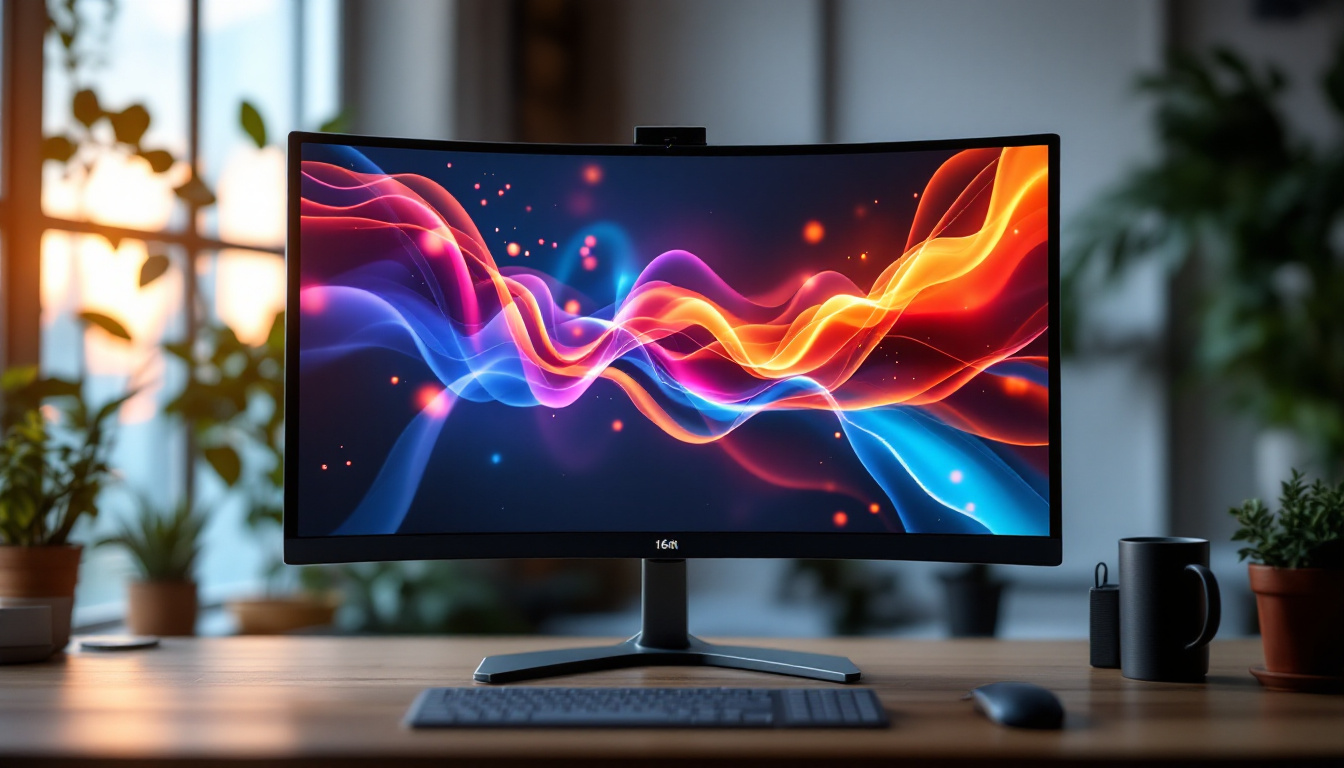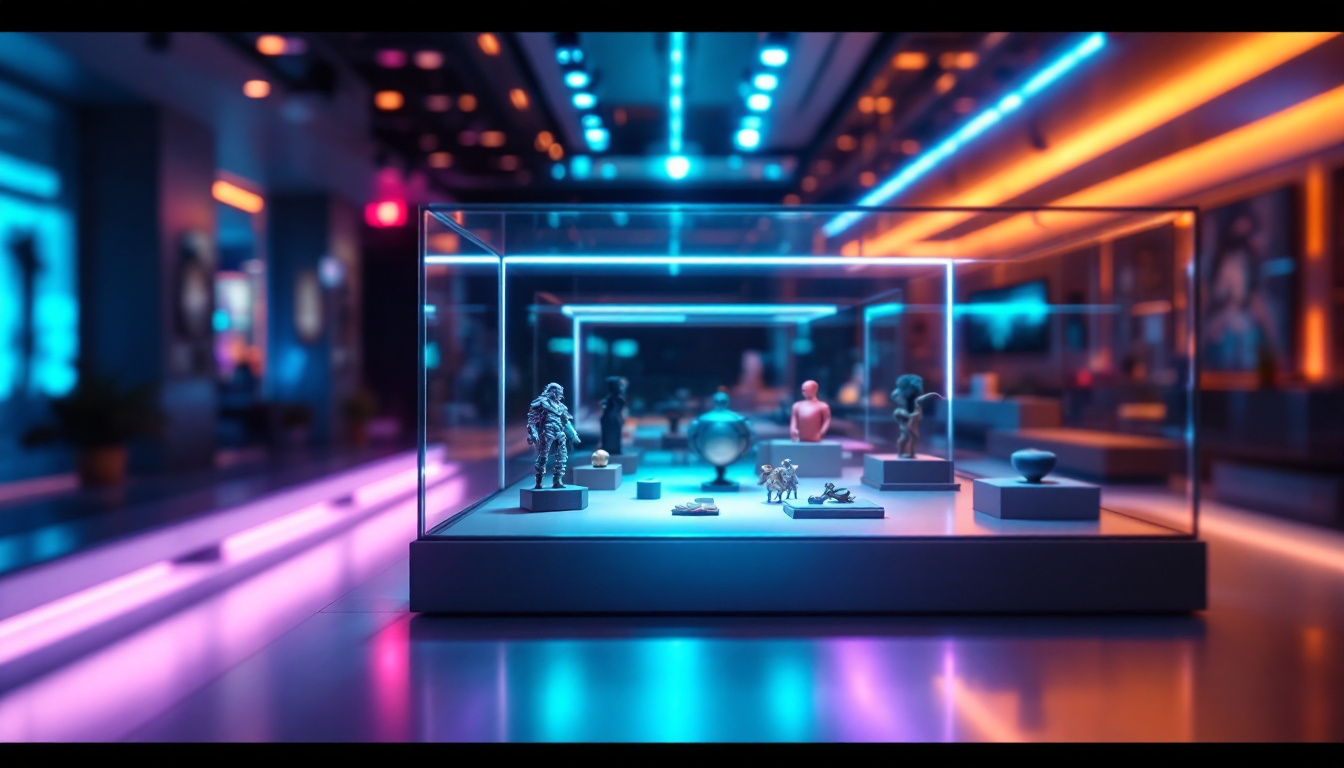In recent years, LED display panels have become increasingly popular across various sectors, including advertising, entertainment, and information dissemination. Their ability to deliver vibrant visuals and dynamic content makes them a preferred choice for businesses and event organizers. However, understanding the pricing of LED display panels can be complex due to the variety of factors that influence costs. This article aims to break down the components that affect LED display panel prices and provide insights into their functionality and applications.
Understanding LED Display Technology
LED, or Light Emitting Diode, technology has revolutionized the way visual information is presented. Unlike traditional display technologies, LED displays utilize a combination of red, green, and blue diodes to create a full spectrum of colors. This technology not only enhances brightness but also improves energy efficiency, making LED displays a sustainable choice. The longevity of LED lights, often lasting tens of thousands of hours, further contributes to their appeal, reducing the need for frequent replacements and maintenance.
How LED Displays Work
LED displays function by illuminating pixels made up of individual diodes. Each pixel can emit different colors based on the intensity of the light from each diode. By adjusting these intensities, a wide range of colors can be produced, allowing for detailed images and videos. This pixel-based approach enables high-resolution displays that are particularly effective for large-scale presentations. Additionally, the rapid response time of LEDs allows for seamless video playback, making them a favorite for dynamic content such as live sports broadcasts and concerts.
Types of LED Displays
There are several types of LED displays, each designed for specific applications. The most common types include:
- Indoor LED Displays: These are typically used in settings such as shopping malls, conference rooms, and theaters. They offer high resolution and vibrant colors, making them ideal for close viewing. Indoor displays often feature advanced technologies like pixel pitch adjustments to optimize image quality based on viewing distance.
- Outdoor LED Displays: Designed to withstand weather conditions, these displays are often used for billboards and event signage. They are brighter than indoor displays to ensure visibility in direct sunlight. Many outdoor models also incorporate protective features such as waterproofing and UV resistance, ensuring durability and longevity in various environmental conditions.
- Transparent LED Displays: This innovative technology allows for displays that can be seen through, making them ideal for storefronts and exhibitions where visibility is crucial. These displays not only provide dynamic advertising opportunities but also maintain the aesthetic appeal of the environment, allowing natural light to filter through while showcasing digital content.
In addition to these common types, there are also specialized LED displays such as flexible LED screens, which can be shaped to fit unique architectural designs, and high-definition LED video walls that create immersive experiences in venues like stadiums and arenas. The versatility of LED technology continues to expand, driving innovations in how we communicate visually in both public and private spaces.
Factors Influencing LED Display Panel Prices
The price of LED display panels can vary significantly based on several factors. Understanding these elements can help businesses make informed decisions when purchasing or renting LED displays.
Resolution and Pixel Pitch
One of the primary factors affecting price is the resolution of the display, which is often measured in pixel pitch. Pixel pitch refers to the distance between the centers of two adjacent pixels. A smaller pixel pitch indicates a higher resolution, which typically results in a higher price. For instance, a display with a pixel pitch of 2.5mm will offer sharper images compared to one with a pixel pitch of 10mm, making it more expensive.
Higher resolution displays are particularly beneficial for applications where viewers are closer to the screen, such as in indoor settings. Conversely, outdoor displays can often afford to have a larger pixel pitch due to the viewing distance. This distinction is crucial for businesses looking to maximize the impact of their visual content, as a high-resolution display can enhance the viewer’s experience by providing clearer and more detailed images, which is especially important in environments such as trade shows or retail spaces where competition for attention is fierce.
Size and Configuration
The size of the LED display panel is another critical factor influencing its price. Larger displays require more materials and components, thus increasing costs. Additionally, the configuration of the display—whether it is a single unit or a modular system—can also affect pricing. Modular systems allow for flexibility in size and shape, but they may come with additional costs related to installation and setup. Custom configurations can cater to unique spatial requirements, enabling businesses to create immersive environments that engage audiences more effectively.
Moreover, the aspect ratio of the display can also play a role in pricing. Displays that are designed for widescreen formats or specific applications, such as video walls, may incur additional costs due to the complexity of their design and the technology required to synchronize multiple panels. This versatility is particularly advantageous for venues that host a variety of events, as it allows for dynamic content presentation that can be tailored to different audiences.
Brightness and Color Quality
Brightness is measured in nits, and it plays a crucial role in determining the usability of an LED display, especially for outdoor applications. Displays with higher brightness levels are generally more expensive due to the advanced technology and components required to achieve such luminosity. Color quality, often measured in terms of color gamut and contrast ratio, also impacts pricing. Displays that can reproduce a wider range of colors and have better contrast ratios tend to be priced higher.
In addition to brightness and color quality, the technology behind the LED display can further influence its cost. For instance, displays utilizing advanced technologies such as HDR (High Dynamic Range) or those equipped with specialized filters for enhanced sunlight visibility can command higher prices. These technologies not only improve the visual experience but also extend the usability of the displays across various lighting conditions, making them ideal for outdoor advertising and events where ambient light can be a challenge. As businesses increasingly prioritize visual impact in their marketing strategies, investing in high-quality LED displays with superior brightness and color fidelity becomes a critical consideration.
Cost Breakdown of LED Displays
To understand the overall investment in LED display technology, it is essential to consider the various cost components involved in purchasing and maintaining these systems.
Initial Purchase Costs
The initial purchase cost of an LED display panel includes the price of the display itself, any necessary mounting hardware, and installation fees. Depending on the complexity of the installation, these costs can vary widely. For instance, a simple wall-mounted display will generally incur lower installation costs compared to a large outdoor display requiring specialized rigging and safety measures.
Maintenance and Operational Costs
Beyond the initial purchase, ongoing maintenance and operational costs should also be factored into the overall budget. LED displays typically have a long lifespan, often exceeding 100,000 hours, but they still require regular maintenance to ensure optimal performance. This may include cleaning, software updates, and occasional repairs, all of which can add to the total cost over time.
Rental vs. Purchase
For businesses that need LED displays for short-term events, renting can be a cost-effective option. Rental prices are usually based on the size and resolution of the display, as well as the duration of the rental period. While renting can save money upfront, it is essential to consider the long-term needs of the business. For those planning to use displays frequently, purchasing may ultimately prove more economical.
Applications of LED Displays
LED displays are versatile and can be utilized in a variety of settings. Their applications span numerous industries, each benefiting from the unique capabilities of LED technology.
Advertising and Marketing
One of the most prevalent uses of LED displays is in advertising. Businesses leverage these vibrant screens to capture attention and convey messages effectively. From digital billboards to interactive displays in retail environments, LED technology allows for dynamic content that can be updated in real-time. This flexibility makes it an invaluable tool for marketers looking to engage customers.
Events and Entertainment
In the realm of events and entertainment, LED displays are essential for concerts, festivals, and corporate events. They provide a captivating visual experience that enhances performances and presentations. Large-scale LED screens can display live feeds, graphics, and videos, creating an immersive atmosphere for audiences. Additionally, their portability allows for easy setup and takedown, making them ideal for temporary installations.
Information Dissemination
LED displays are also widely used for information dissemination in public spaces. Airports, train stations, and bus terminals utilize LED screens to provide real-time updates on schedules, delays, and important announcements. Their high visibility and clarity ensure that crucial information is easily accessible to travelers, enhancing overall efficiency in transportation hubs.
Future Trends in LED Display Technology
The LED display industry is continuously evolving, with new technologies and trends emerging that promise to enhance performance and reduce costs. Staying informed about these developments can help businesses make strategic decisions regarding their display solutions.
Advancements in Resolution and Size
As technology progresses, the resolution and size of LED displays are expected to improve significantly. Emerging technologies, such as MicroLED and MiniLED, are paving the way for even higher resolutions and smaller form factors. These advancements will enable displays to become more versatile and suitable for a wider range of applications, from consumer electronics to large-scale installations.
Integration with Smart Technology
Another trend is the integration of LED displays with smart technology. This includes features such as remote monitoring, automated content management, and interactive capabilities. Businesses can leverage these technologies to streamline operations, enhance user engagement, and optimize content delivery based on audience preferences.
Sustainability Initiatives
As sustainability becomes a priority for many organizations, the LED display industry is also focusing on eco-friendly practices. This includes developing energy-efficient displays and utilizing recyclable materials in manufacturing. Such initiatives not only reduce environmental impact but can also lead to cost savings for businesses in the long run.
Conclusion
LED display panels have transformed the way information is conveyed across various industries. Understanding the factors that influence their pricing, including resolution, size, brightness, and application, is crucial for making informed purchasing decisions. As technology continues to advance, the future of LED displays looks promising, offering even more opportunities for businesses to engage their audiences effectively.
Whether for advertising, events, or information dissemination, LED displays provide a dynamic and visually appealing solution that meets the demands of modern communication. By considering both initial and ongoing costs, as well as the potential for future advancements, businesses can strategically invest in LED technology to enhance their operations and reach their goals.
Discover LumenMatrix’s Advanced LED Display Solutions
Ready to elevate your visual communication with cutting-edge LED technology? LumenMatrix offers a comprehensive range of LED display solutions tailored to your needs. From vibrant Indoor and Outdoor LED Wall Displays to innovative options like Vehicle LED Displays, LED Posters, and Transparent LED Displays, our products are designed to captivate and engage your audience. Embrace the future of digital signage with LumenMatrix and transform your space into a dynamic visual experience. Check out LumenMatrix LED Display Solutions today and see how we can help you share your message with impact and clarity.

